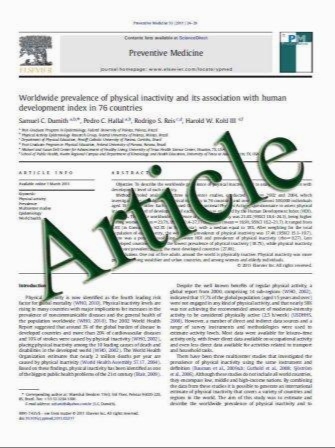Comparison of Hand-Sewn, Linear-Stapled, and Circular-Stapled Gastrojejunostomy in Laparoscopic Roux-en-Y Gastric Bypass
- نوع فایل : کتاب
- زبان : انگلیسی
- مؤلف : Frank P. Bendewald & Jennifer N. Choi & Lorie S. Blythe & Don J. Selzer & John H. Ditslear & Samer G. Mattar
- چاپ و سال / کشور: 2011
Description
Background There is no consensus on the ideal gastrojejunostomy anastomosis (GJA) technique in laparoscopic Roux-en-Y gastric bypass (LRYGB). We reviewed our experience with three GJA techniques (hand-sewn (HSA), linear-stapled (LSA), and 25-mm circular-stapled (CSA)) to determine which anastomosis technique is associated with the lowest early (60-day) anastomotic complication rates. Methods From November 2004 through December 2009, 882 consecutive patients underwent LRYGB using three GJA techniques: HSA, LSA, and CSA. All patients had a minimum of 2 months follow-up. Records were reviewed for postoperative gastrojejunostomy leak, stricture, and marginal ulcer, and these early complications were classified according to anastomosis technique. Multivariate analysis was performed to determine associations between complications and anastomosis technique. Results Preoperative demographics, length of hospital stay, and postoperative follow-up did not differ between the three groups. The majority of patients underwent LSA (n=514, 61.6%) followed by HSA (n=180, 21.6%) and CSA (n=140, 16.8%). Using multivariate analysis, there were no statistically significant differences in the rates of leak (LSA 1.0%, HSA 1.1%, CSA 0.0%, p=0.480), stricture (LSA 6.0%, HSA 6.1%, CSA 4.3%, p=0.657), or marginal ulcer (LSA 8.0%, HSA 7.7%, CSA 3.6%, p=0.180). Conclusions The three techniques can be used safely with a low complication rate. O
OBES SURG DOI 10.1007/s11695-011-0470-6


